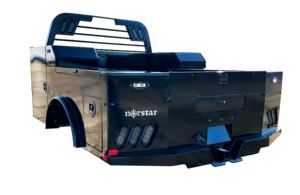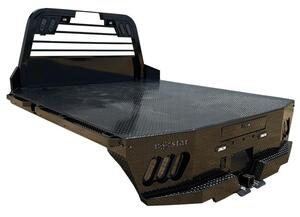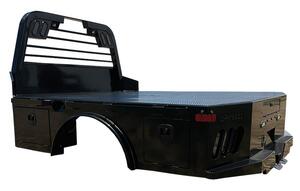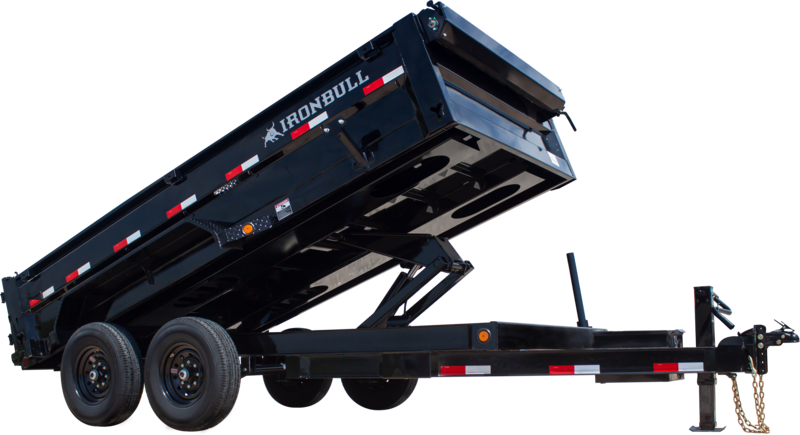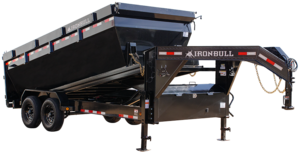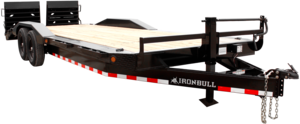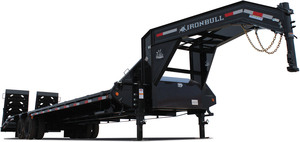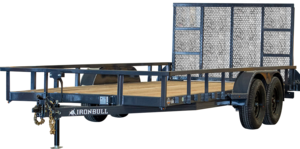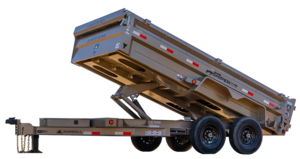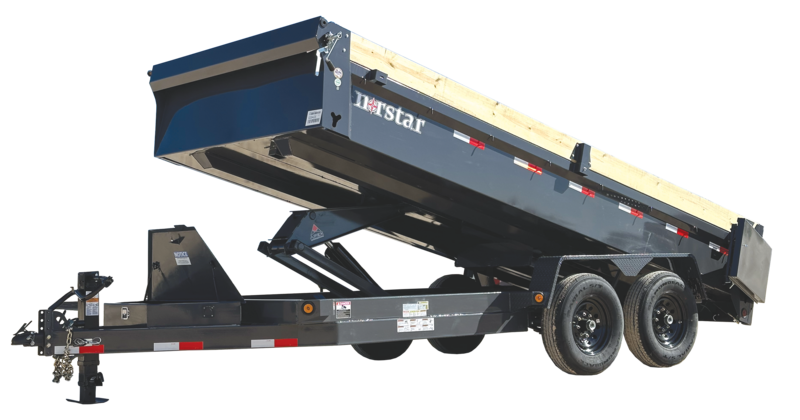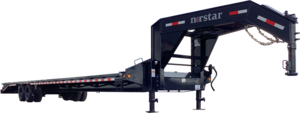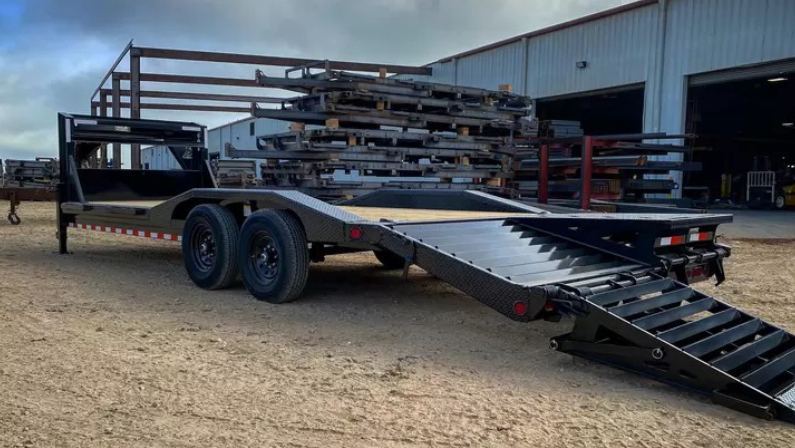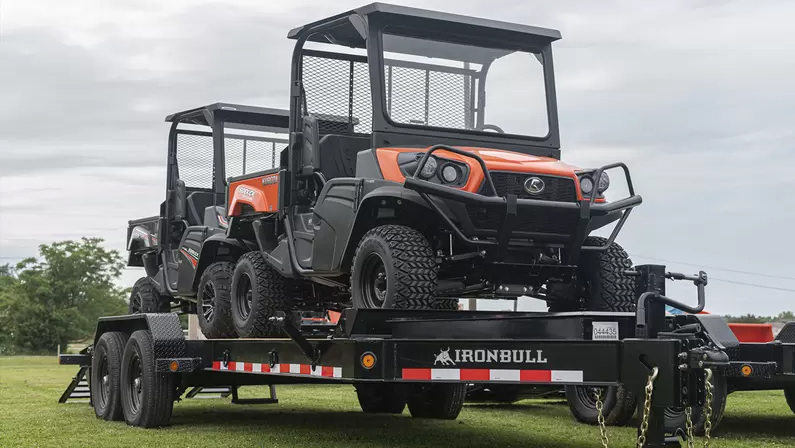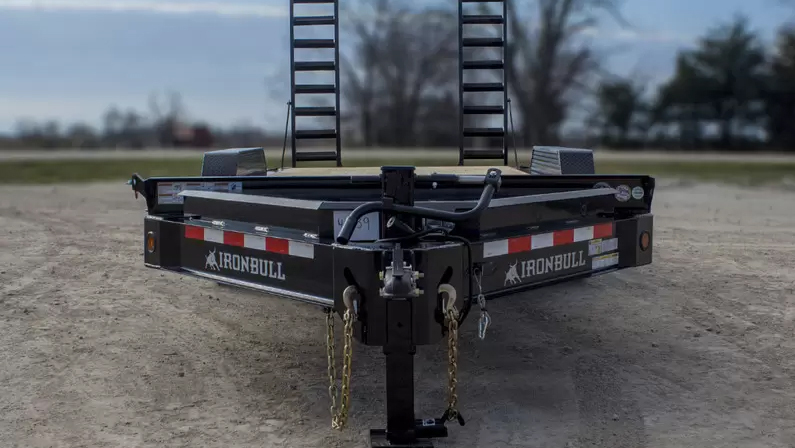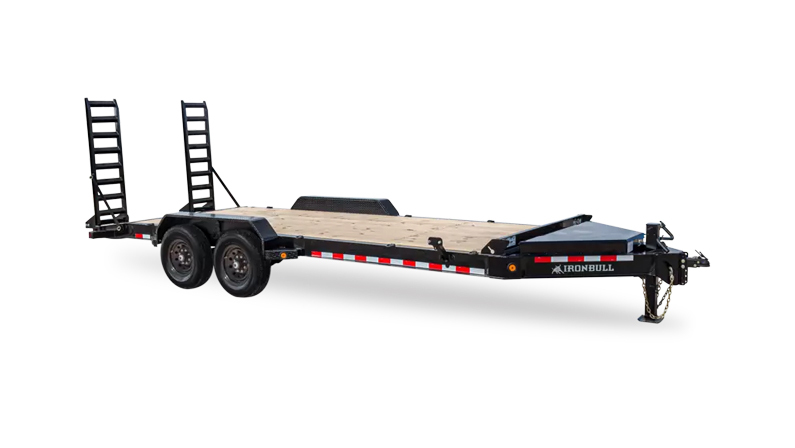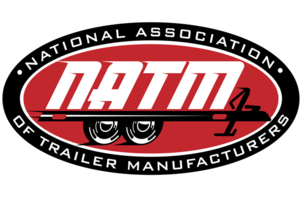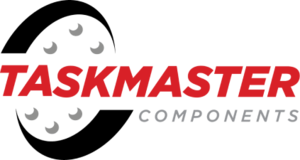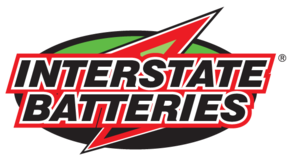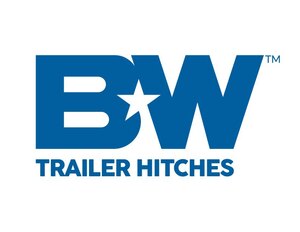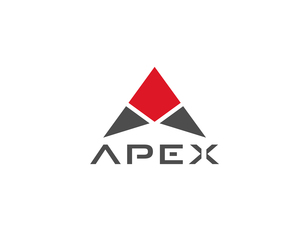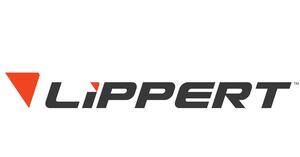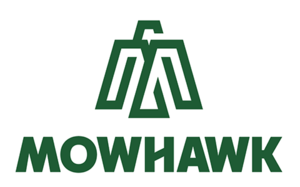Heavy Equipment Hauling: Your Comprehensive Guide
Moving heavy equipment is no small feat. It's a process that demands attention to detail, respect for safety, and a deep understanding of logistics. Whether you're relocating machinery for construction, agriculture, or any other industry, this guide provides the knowledge you need to transport your equipment safely and efficiently.
Why is proper heavy equipment hauling important?
Proper heavy equipment hauling is essential primarily for safety reasons. When heavy machinery is not secured correctly, it poses a significant risk to everyone on the road. Imagine a piece of heavy machinery shifting or falling off a trailer while in transit. It could lead to serious accidents, endangering lives and causing property damage.
Beyond safety, there's also the matter of legal compliance. Transporting heavy equipment without adhering to regulations can result in hefty fines and legal issues, disrupting operations and affecting your bottom line. In essence, doing it right saves lives, avoids legal troubles, and keeps your project on schedule and within budget.
Quick Tips to Help You Transfer and Secure Heavy Equipment
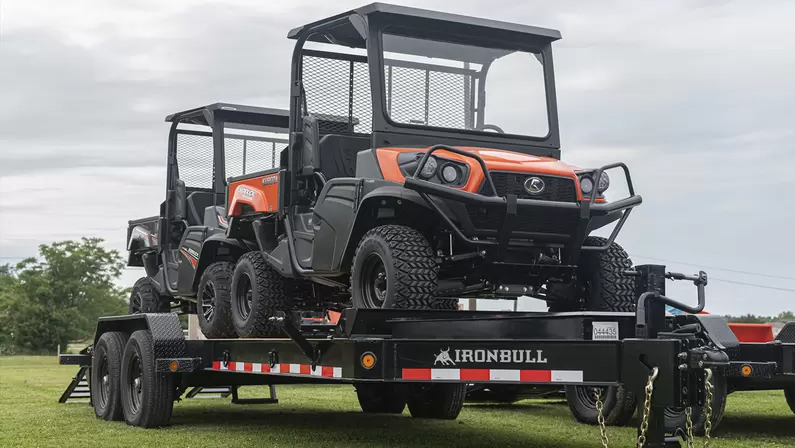
Transporting heavy machinery requires careful planning and execution.
Here are foundational tips to get you started:
1. Determine the Weight and Height of Your Equipment
Understanding the size and weight of your equipment is the first step in planning its transport. This information helps in selecting the right trailer and knowing if you need special permits for oversized loads.
2. Determine if an Oversize or Overweight Permit is Needed
Different regions have different rules about transporting large or heavy loads. Identifying the need for permits early in the planning process helps avoid delays and ensures your transport is legal.
3. Select the Correct Trailer Size and Capacity
The right trailer is essential for safe and efficient transport. It must not only support the weight of your equipment but also accommodate its dimensions securely.
4. Inspect Your Trailer
Before you load your equipment, give your trailer a thorough inspection. Check for potential issues that could affect safety, such as tire wear or brake problems.
5. Load and Secure Your Equipment
Loading your equipment safely and securing it properly are critical to preventing damage during transport. Use appropriate straps, chains, and other securing devices to keep everything in place.
The Pros and Cons of Different Trailer Types
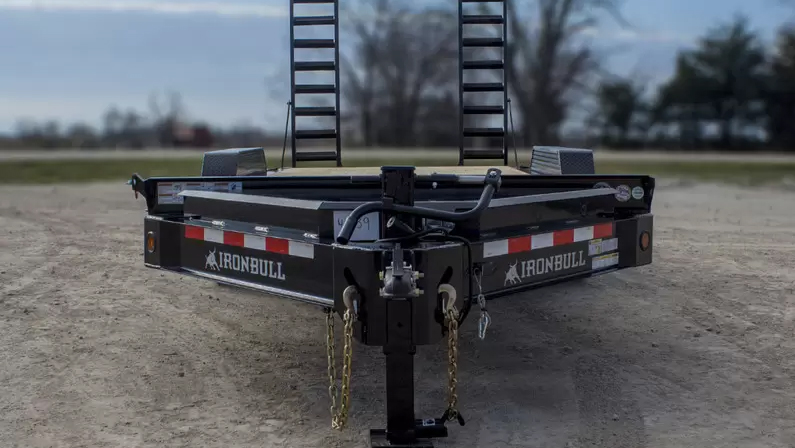
Choosing the right trailer for heavy equipment transport or heavy equipment haulers is a critical decision that can significantly impact the efficiency and safety of your heavy hauling trucking operation. Different trailers offer unique benefits and come with specific challenges, making it important to understand their pros and cons. This knowledge ensures you select the best option for your specific needs, whether you're moving construction machinery, agricultural equipment, or other heavy loads through heavy equipment transportation.
1. Trailers With a Low Deck Height
Trailers with a low deck height are favored for transporting heavy equipment because they lower the overall center of gravity, reducing the risk of tipping during transit. This feature is particularly beneficial when navigating uneven roads or tight turns. However, the main drawback is their limited suitability for extremely heavy loads, as the low clearance can restrict their ability to handle weighty machinery without risking undercarriage damage. This scenario highlights the importance of checking heavy equipment specs when planning your heavy equipment transport system.
2. Hydraulic vs. Mechanical Trailers for Loading Machinery
When comparing hydraulic and mechanical trailers, the key advantage of hydraulic models lies in their adjustable height, which simplifies the loading and unloading process, especially for heavy machinery transport that cannot be easily lifted. This convenience, though, comes at a higher cost, both in terms of initial investment and maintenance. Mechanical trailers, on the other hand, are more cost-effective and offer durability with less complex maintenance needs. However, they typically require additional equipment, such as ramps, to load and unload machinery, which can add time and labor to the process.
3. Working With a Sliding Axle Trailer
Sliding axle trailers offer a versatile solution for hauling various types of equipment. Their design allows for an adjustable axle position, facilitating a more balanced load distribution and accommodating different equipment sizes and weights. This flexibility makes them a great all-rounder for heavy hauling trucking. However, they do require a larger area for loading and unloading, which might not be available in constrained spaces or busy job sites. Additionally, the mechanism that allows the axle to slide can add complexity and maintenance requirements to the trailer's operation.
4. Adding Beavertail Options to Your Trailer
Incorporating a beavertail into your trailer design can significantly enhance its functionality for heavy equipment transportation. A beavertail is a sloped extension at the rear of the trailer, designed to make loading wheeled or tracked machinery easier by eliminating the need for separate ramps. This design feature speeds up the loading process and improves safety by providing a more stable platform. The downside is that it may slightly reduce the overall load capacity of the trailer due to the space the beavertail occupies and can add to the trailer's weight, potentially affecting fuel efficiency.
Best Practices for Hauling Heavy Equipment
Ensuring the safe and efficient transport of heavy equipment requires adherence to a set of best practices at each stage of the process. From the initial preparation before loading, through the careful execution of loading, to the final checks after securing your equipment, every step is crucial. These practices not only guarantee the safety of the transport team and the public but also protect the machinery from damage and ensure compliance with legal requirements.
1. Before Loading Your Machines
Preparation is key to successful heavy equipment transport. Begin by thoroughly inspecting the equipment, checking for any loose parts or leaks that could pose a risk during transport. It's also important to clean the machinery, as dirt and debris can obscure safety features or inspection points.
Documenting the equipment's condition with photos can provide a helpful reference in case of disputes or for insurance purposes. Ensure that the equipment is in a safe, operational state before it's loaded onto the trailer, with all moving parts securely fastened or locked in place.
2. During Loading
The loading process is a critical moment where safety must be the top priority. Always use a spotter or guide to assist the driver in positioning the equipment onto the trailer, ensuring clear communication throughout the process to prevent accidents.
It's vital to follow the manufacturer's guidance for securing points and weight distribution to avoid overloading one side of the trailer. The equipment should be loaded in a way that maintains the trailer's balance and adheres to axle weight limits, minimizing the risk of tipping or loss of control during transport.
3. After You Set Your Equipment
Once the equipment is in place, conducting a thorough check is essential to ensure everything is correctly secured. Use chains, straps, and other securing devices as recommended for the type of equipment being hauled, checking that they are tensioned properly and free from damage.
Confirm that all safety signals, such as lights and flags, are visible and in working order, especially for oversized loads. Finally, perform a walk-around inspection of the trailer and load, verifying that the equipment remains stable and secure. This final check is crucial for road safety and legal compliance, helping to prevent shifts during transport that could lead to accidents or damage.
Different Tie-Down Requirements
When it comes to tying down heavy equipment for transport, getting it right is non-negotiable. These extra steps are essential in keeping the road safe for everyone. Each piece of equipment has its unique needs for securing, depending on its weight, shape, and size. Here's a straightforward look at what's needed to make sure everything arrives just as it should – safe and sound:
1. Use Ample and Appropriate Securing Devices
It's simple: make sure you're using the right gear to tie down your equipment and use plenty of it. This means selecting straps, chains, and binders that are strong enough to withstand the forces that the load might encounter during transport, such as acceleration, braking, and turns.
The capacity of these devices should match or exceed the weight of the equipment being secured. It's also important to use enough tie-downs to distribute the force evenly and prevent any movement of the load.
2. Choose Appropriate Attachment Points
For the safety of the load and the equipment, it's vital to attach securing devices to the correct points on the machinery. Manufacturers often specify attachment points designed to hold the equipment securely without causing damage. Using these designated spots means your equipment stays put, and you won't find yourself with damaged goods before you even hit the road.
3. Secure Equipment Components
Every moving part of your equipment needs to be locked down tight. If it can swing, slide, or fold, it needs to be secured. This includes any parts that can move, extend, or pivot, such as arms, booms, and blades. Locking these components in place prevents them from moving during transport, which would unbalance the load or cause damage. Sometimes, this means adding extra straps or chains, but it's worth it to keep everything in place.
4. Verify Driver Visibility
Last but definitely not least, the driver needs to see. While securing the load is crucial, it's equally important to ensure that the driver's visibility is not compromised by the equipment or the securing devices. Adjust how things are loaded or use extra mirrors to cover all angles. A clear view means a safe trip, so this step is as important as the rest.
Securing Your Success: Trust Norstar for Your Heavy Hauling Needs
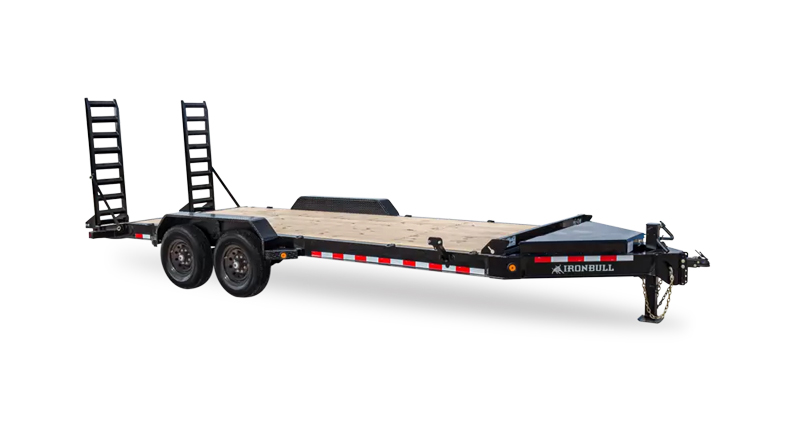
Transporting heavy equipment safely and efficiently boils down to choosing the right tools for the job and following best practices to the letter. Norstar Truck Beds and Iron Bull Trailers stand out in the industry for their reliability, durability, and the variety of options they offer to meet every hauling need. Whether you're moving construction machinery, agricultural equipment, or anything in between, we have the right solution for you.
Our goal is to support your operations by providing not just top-tier hauling solutions but also flexible financing options to help you grow. That’s why we also offer tailored Trailer Financing and Loans. This ensures that businesses of all sizes can access the quality trailers they need without financial strain.
Visit our website today and explore our range of Norstar Truck Beds and Iron Bull Trailers at Norstar Company.




